 As anyone who has had dealings with what I think of categorically as an “art widow” knows, such a figure often proves a researcher’s nightmare. Your average librarian, archivist, or curator has a relatively circumscribed concern: keeping the materials safe from damage and seeing that their usage follows institutional protocols. On the other hand, “art widows” — a class that, in my experience, includes any relative or significant other of a deceased creative person who felt a deep emotional connection to the departed — have a tendency to protect not only the physical materials left behind, and the intellectual property involved, but the cherished and often sacred memory of their source. For obvious reasons, this poses a problem for any serious scholarship.
As anyone who has had dealings with what I think of categorically as an “art widow” knows, such a figure often proves a researcher’s nightmare. Your average librarian, archivist, or curator has a relatively circumscribed concern: keeping the materials safe from damage and seeing that their usage follows institutional protocols. On the other hand, “art widows” — a class that, in my experience, includes any relative or significant other of a deceased creative person who felt a deep emotional connection to the departed — have a tendency to protect not only the physical materials left behind, and the intellectual property involved, but the cherished and often sacred memory of their source. For obvious reasons, this poses a problem for any serious scholarship.
Julia Friedmann, Capa’s mother, and Cornell Capa, her second-born son, were both art widows, in their own ways.
Richard Whelan writes, “[Capa’s] mother was implacable; she never really recovered from his death, and herself died seven years later.” (He meant “inconsolable,” I think.) As Alex Kershaw puts it in his unauthorized Capa biography, Blood and Champagne (2002), “To her dying day, she continued to idolize her favourite son” — this while living with her younger son and his wife. (Someone who knew Cornell from those days and visited him at home told me that “You could cut the Freudian tension in that apartment with a knife.”)
Julia died in 1961. Those touring retrospective shows discussed in previous posts, launched in 1960-61, represent the first serious effort on Cornell’s part — with Julia looking over his shoulder — to both canonize Robert and sanitize his image. Whatever deterred Jozefa Stuart from continuing and completing her planned biography most likely sprang from Cornell’s determination to allow no one to speak ill of his brother, or in any way tarnish his image, if he could ward it off. If so, that would represent the first case of Cornell actively blocking Capa research.
But not the last. Two other known and notable cases commend themselves to our attention in this regard. One involved French filmmaker Patrick Jeudy, whose film, Robert Capa: The Man Who Invented Himself, premiered in 2004. (Its original French title: Robert Capa, l’homme qui voulait croire à sa légende.) As part of this investigation, I conducted an extensive email q&a with Jeudy in the fall of 2015 about that film and its making. (Click here for Part 1; click here for Part 2.)
I decided to interview Jeudy after deciphering a barely focused missive, briefly shown scrolling on-screen, sent to his producer by a New York lawyer on behalf of Cornell Capa and others. In my opinion, what I retrieved is more than sufficient to exemplify ICP’s bullying method of intimidating people conducting unauthorized research and commentary efforts concerning Robert Capa, especially anything they consider in any way unflattering and unsupportive of the myth.
Because it has appeared (albeit in barely legible form) in the Jeudy film, with Capa/ICP taking no action to force its removal therefrom, it has become de facto a public document. So I feel free to publish it without seeking permission. (For a readable transcription in pdf form, click here.)
I find it useful to have on record this confirmation that Cornell and ICP refused to cooperate with Jeudy — and that they sought to protect not only Cornell and ICP but also Whelan and Magnum, all of whom Cornell’s counsel names as potential injured parties should Jeudy proceed with his film. Eventually, when despite those warnings Jeudy and his producer did continue and complete this project, Cornell Capa persuaded John Morris to sue the filmmaker in a French court, forcing the removal from the film of a segment of an interview Jeudy had conducted with Morris on the general subject of Capa, several years before he began this project. (Consequently, and ironically, the credits at the end of Jeudy’s film offer “remerciements” to John Morris, though Morris now makes no appearance in the film.)
Whelan vs. Kershaw
This energetic interference with Jeudy’s film followed hot on the heels of strenuous efforts on the parts of Cornell Capa and Richard Whelan to block Alex Kershaw’s research, undertaken toward his unauthorized biography, Blood and Champagne: The Life and Times of Robert Capa (2003).
As you’ll see if you download the threatening letter to Jeudy from Cornell Capa’s lawyer described above, Cornell (Whelan too, I assume) became convinced that Jeudy and Kershaw were collaborating on the film. Jeudy indicates otherwise:
“Kershaw … had come to Paris to keep us informed about the state of his research for his own book. … He gave us the impetus to resume the movie project. … [But he] did not work with me. … He was experiencing difficulties interviewing witnesses as ICP, or whoever, was working against him. … His book Blood and Champagne on Capa was not related to my movie, though. At the time Cornell’s lawyers read everything as a threat or a plot. That is why they ‘associated’ Kershaw with me.”
Simply put, Cornell, at Whelan’s insistence, had refused to allow Kershaw access to any of ICP’s Capa materials, or to the materials that he held privately. This included forbidding his access to the papers of Jozefa Stuart, which raises an obvious question: What do Stuart’s interviews and other research documents contain that Capa and Whelan did not want discovered by an independent scholar whose interpretation they could not predict or control?
But Capa and Whelan didn’t stop there, additionally refusing Kershaw permission to reproduce any of Capa’s images, and putting a curse on him with every source over which Cornell and Whelan had influence.
Having read it through and referred to it often in the course of this research, I’d describe Blood and Champagne as solid and workmanlike, but not exciting. That may result from my familiarity with Whelan’s biography of Capa, because, basically, Kershaw re-tells the standard Capa story, expanding on parts of it without radically revising it. And, since he knows little about photography (his other writing concentrates on World War II history), he brings nothing to it from that standpoint. Lack of access to the crucial original materials limited him severely, forcing him to rely heavily on Whelan’s filtered versions of those accounts and Capa’s highly unreliable, self-glamorizing memoir, Slightly Out of Focus.
At the same time, knowing that ICP did everything in its power to obstruct him, I think Kershaw did a very creditable job. Given what he had to work with, the outcome is respectable — much more than a potboiler, or a simple rehash of Whelan’s and Capa’s tomes, as it adds new information to what we had at that point.*
Denied access to Stuart’s interviews from the 1960s, Kershaw re-interviewed a number of people Stuart had questioned earlier, and developed new sources on his own — most usefully, perhaps, Eva Besnyö, who knew Capa in Budapest and helped Kershaw flesh out that early phase of his life.
He also obtained Capa’s FBI file, via Freedom of Information Act (FOIA) requests, as Whelan had done earlier. But Kershaw reveals what Whelan and Cornell Capa had suppressed: Yes, it turns out, to clear himself of suspicions of leftist leanings and renew his U.S. passport Capa in 1953 “named names” — identified assorted colleagues as Communists or fellow travelers. If known, this unprincipled snitching would have anathematized him in the liberal-left circles in which he worked and socialized. Quite a blot on the Capa escutcheon; small wonder that his younger brother, and his official biographer, decided to sweep it under the rug, given the liberal-left image they cultivated for Robert Capa (as well as for themselves).
What Kershaw might have achieved with full access to the existing Capa materials, and full cooperation from the sources that ICP deliberately turned against him, we’ll never know. Kershaw doesn’t want to talk about his experiences with Cornell, Whelan, et al (I’ve queried). I have pieced together this summary of his treatment by Capa and Whelan from passages in his book, plus “Blood and Champagne – an interview with Alex Kershaw,” posted by Matthew Carson at the ICP Library blog on October 22, 2013. (A curious document, in that the interviewer coyly censors the names of Richard Whelan and Cynthia Young when Kershaw refers to them as interfering with his research.) And I have corroborated all that with a source inside ICP who prefers to remain anonymous.
In short, we have clear evidence of a pattern of intimidation and obstruction of independent Capa research by individuals at the very top of the ICP chain of command, going back to the institution’s origins. This does not bode well for the future of Capa scholarship, nor for the future of ICP. Moreover, it raises serious questions about ICP’s claim to credible status as a research institution.
I’ll turn next to the role of authorized Capa biographer Richard Whelan.
[* Note: Kershaw has the curious distinction of having inspired a jazz composition by the Italian reed player and bandleader Tommaso Starace: “Blood & Champagne,” the title track of Starace’s 2010 album. This is actually the second composition Starace has dedicated to the late photojournalist; “Farewell Capa (to Robert Capa)” preceded it on his 2009 album Don’t Forget. — A. D. C.]
•
(For an index of links to all posts in this series, click here.)
•
This post support by a donation from photographer and photo-historian Martin Magid.
•
 Special offer: If you want me to either continue pursuing a particular subject or give you a break and (for one post) write on a topic — my choice — other than the current main story, make a donation of $50 via the PayPal widget below, indicating your preference in a note accompanying your donation. I’ll credit you as that new post’s sponsor, and link to a website of your choosing. Include a note with your snail-mail address (or email it to me separately) for a free signed copy of my 1995 book Critical Focus!
Special offer: If you want me to either continue pursuing a particular subject or give you a break and (for one post) write on a topic — my choice — other than the current main story, make a donation of $50 via the PayPal widget below, indicating your preference in a note accompanying your donation. I’ll credit you as that new post’s sponsor, and link to a website of your choosing. Include a note with your snail-mail address (or email it to me separately) for a free signed copy of my 1995 book Critical Focus!


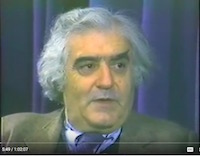
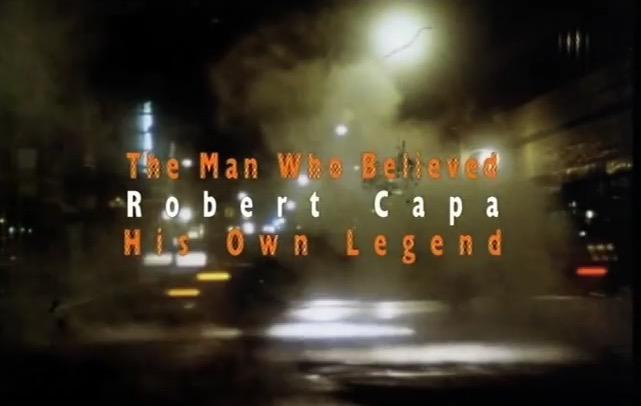
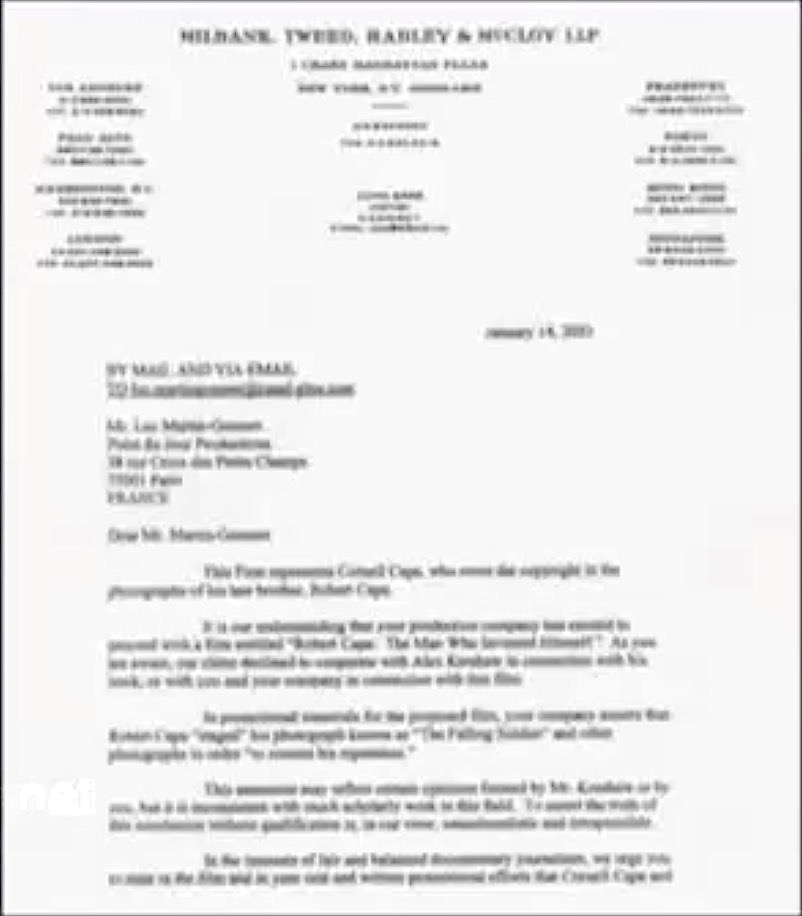
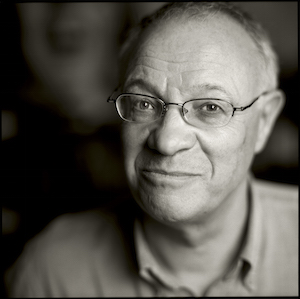
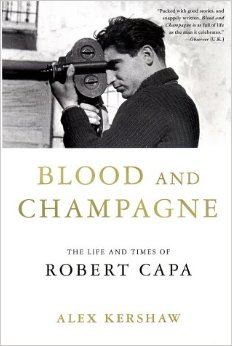
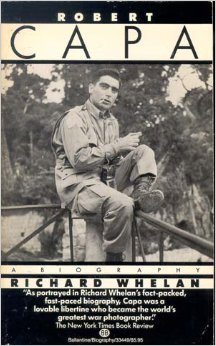
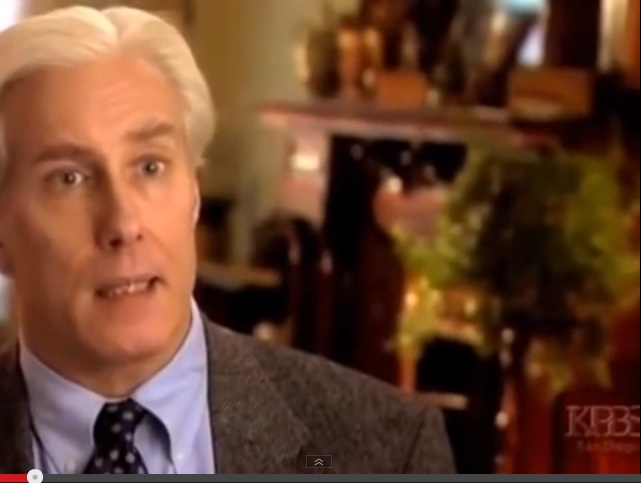




Leave a Comment